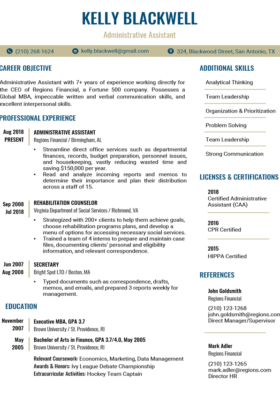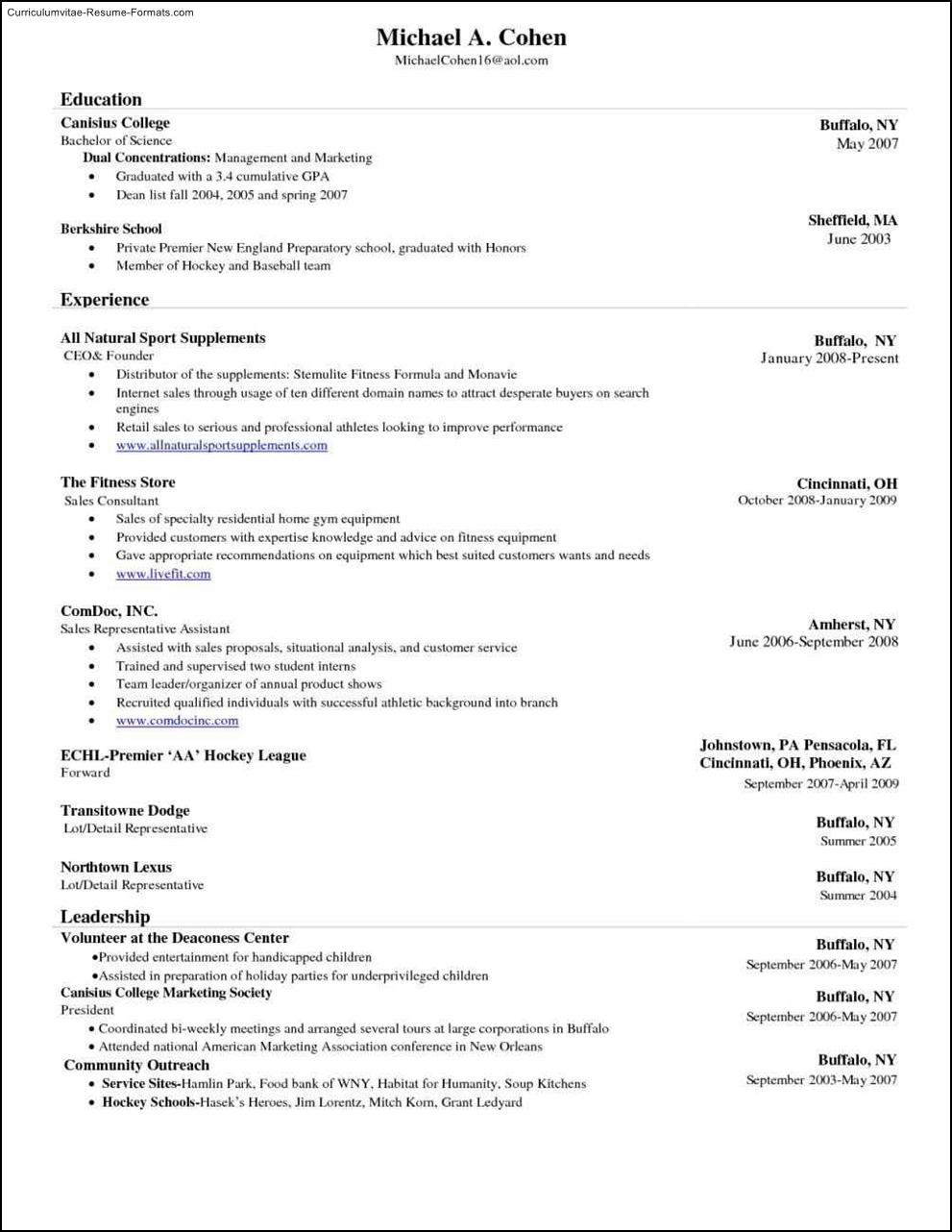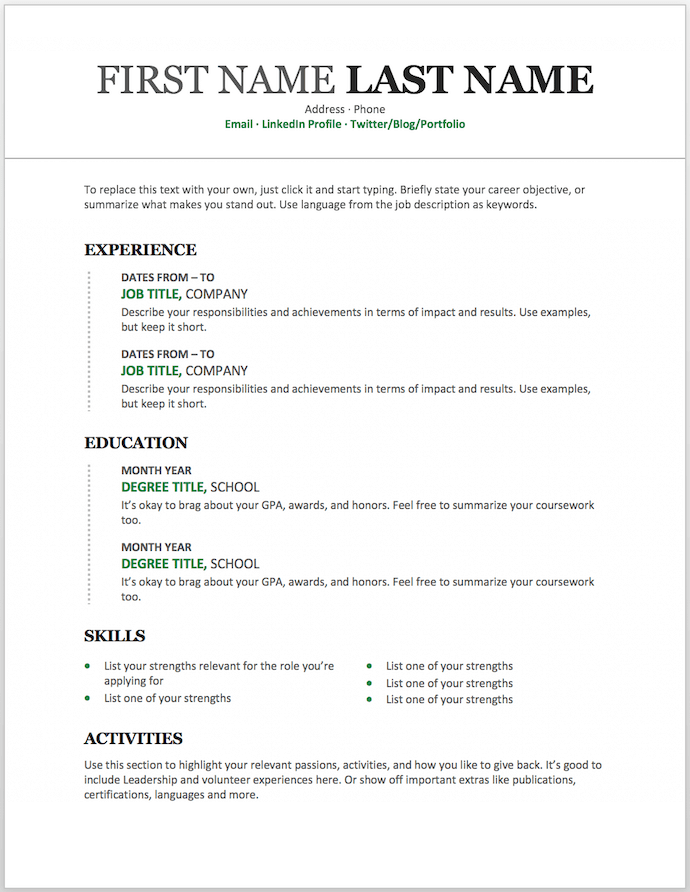

However, Microsoft resume templates aren’t for everyone. Use data and metrics in this section whenever possible to make your achievements stand out and emphasize the impact of your work.Microsoft Word is a desirable format for many job seekers because of its user-friendly features, including the ability to track changes, move text around, create both numbered and bulleted lists within the document, and more.

Bullet points should be a mix of your high-level job responsibilities and your stand out professional accomplishments.

Listing the details of your work experience makes your resume easy to scan. Organize your work experience with bullet points.Instead, stick to the basics, like Professional Summary, Skills, Work Experience and other standard section titles. This helps a recruiter find what they are looking for when scanning your resume. It’s critical that your resume is divided into sections with clear headers. Use a slightly larger font for your header and resume section titles. The font size of your resume content should be between 10 and 12 points. Stick to easy-to-read and professional fonts like Ariel, Times New Roman or Calibri. Your resume is no place for elaborate fonts. Changing the size of the margins may help you keep your resume at the right length - one page per decade of experience, with a cap of two pages.Įven two column resumes should be left-aligned. However, anywhere between half an inch to 1 inch is acceptable depending on the resume template you choose. Using 1 inch margins on your resume is standard. Here’s how to format your Microsoft Word resume template to make it look great: Once you have chosen your Word template, it’s time to write and organize your content.


 0 kommentar(er)
0 kommentar(er)
